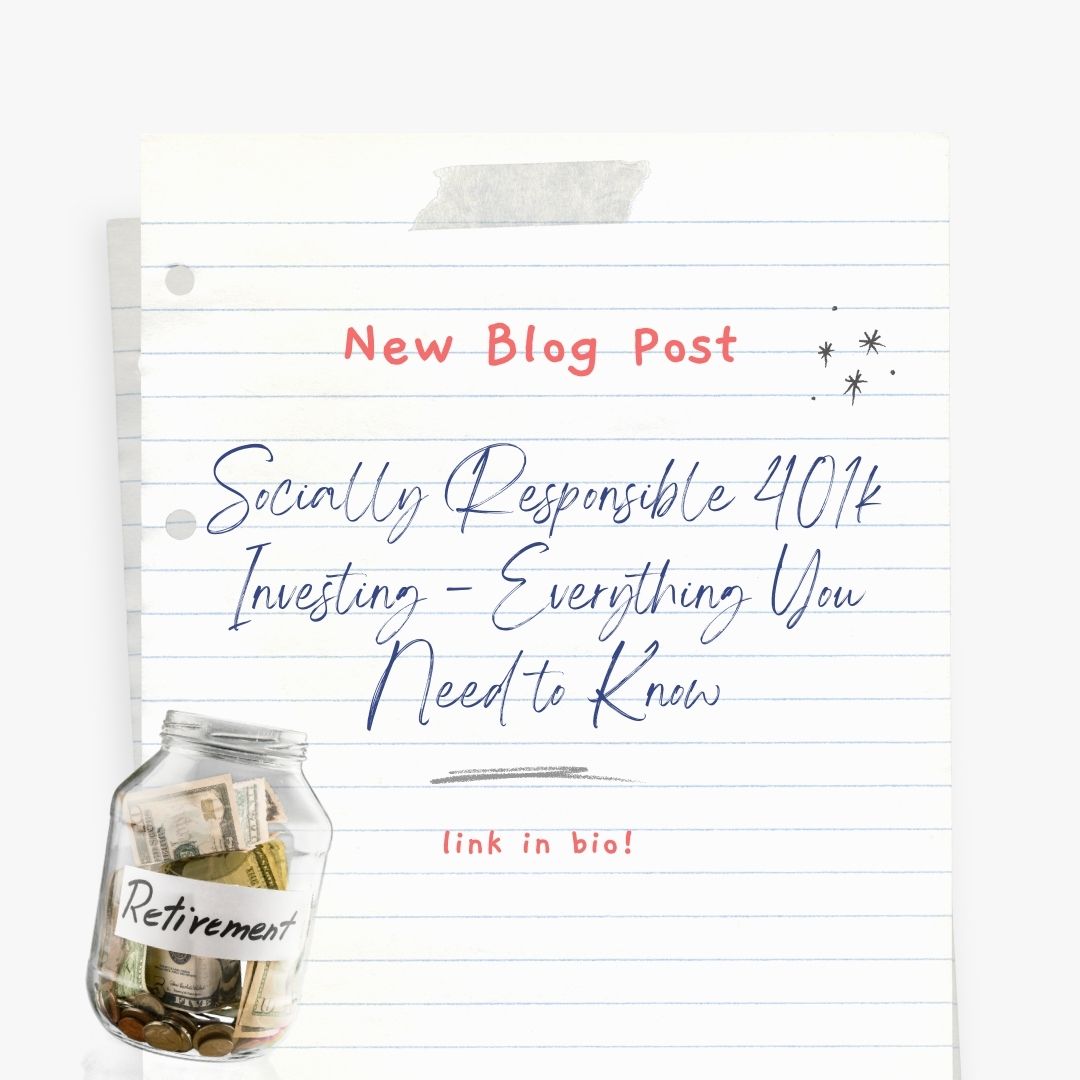
Socially Responsible 401k Investing – Everything You Need to Know
In the early stages of your career, you may have had the benefit of an employer-sponsored 401(k). If you were really lucky, you may have

In the early stages of your career, you may have had the benefit of an employer-sponsored 401(k). If you were really lucky, you may have

If you have been keeping up with our weekly post in Invested Interests social media accounts, you would have noticed us posting weekly during Hispanic

My last apartment was across the street from one of my favorite fast-food restaurants. In the summer, when the windows were open, the smell of

Well folks we’ve got a long-awaited topic to tackle today. Out of all of the questions that come across our desks there is one to

Why do bad things have seemingly good names? Sugar-coated titles are deviously clever and while I understand where this one in particular, comes from, I’m

At long last, we’ve come to kick start your 2021 investing resolutions! Whether you’ve never opened an investment account before, or you’re a seasoned pro